Home>Ideas and Tips>Invisible Improvements Energy Efficiency Secrets
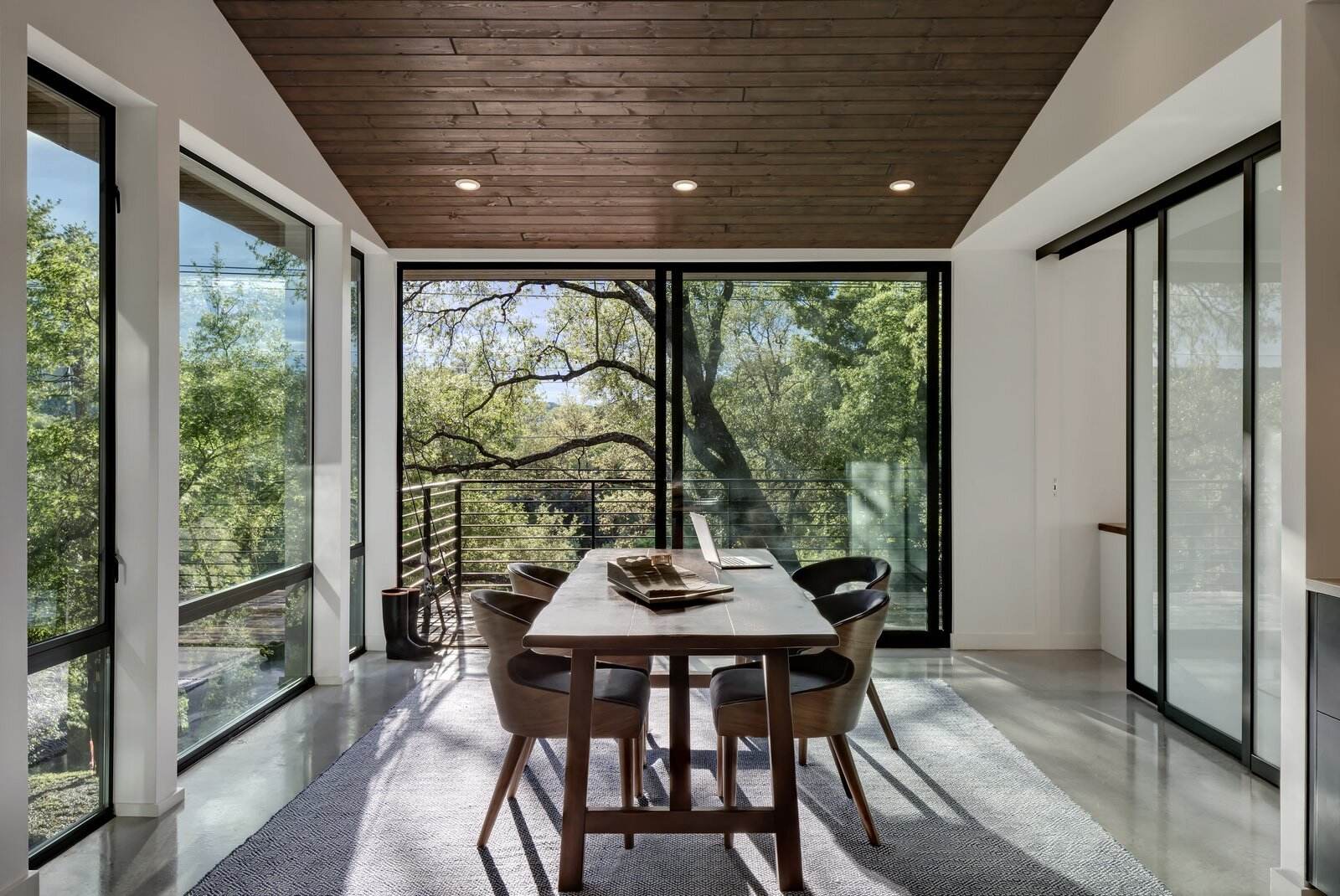

Ideas and Tips
Invisible Improvements Energy Efficiency Secrets
Published: October 18, 2024
Discover the hidden benefits of energy efficiency. Learn strategies to save money, reduce carbon footprints, and enhance home comfort.
(Many of the links in this article redirect to a specific reviewed product. Your purchase of these products through affiliate links helps to generate commission for Storables.com, at no extra cost. Learn more)
Energy efficiency is often overlooked as a crucial aspect of home improvement and industrial operations. Despite its immense economic benefits and significant impact on reducing carbon emissions, energy efficiency remains an invisible and underappreciated resource. In this article, we will delve into the world of energy efficiency, exploring its importance, various strategies for improvement, and the tangible benefits it offers.
The Importance of Energy Efficiency
Energy efficiency is not just about saving a few dollars on your next electric bill; it is about forging a competitive edge that sets your company or home apart. The concept of energy efficiency involves delivering an improved level of service or at least maintaining the same level of service with less energy use. This distinction is crucial because it highlights that energy efficiency is not about reducing demand through conservation but about optimizing how we use energy to achieve more with less.
The Role of Energy Efficiency in Addressing Global Challenges
Energy efficiency plays a pivotal role in addressing global challenges such as climate change and economic development. By reducing the amount of energy required to maintain a comfortable temperature in homes, power industries, and transport goods, we can significantly lower our carbon footprint. According to the U.S. Department of Energy, improving energy efficiency is one of the fastest, cheapest, and cleanest opportunities to address our energy challenges.
The Economic Benefits of Energy Efficiency
Investments in energy efficiency typically earn several times more than other kinds of investments. This result has been noted for almost 40 years and recently validated by major studies commissioned by the International Energy Agency, the U.S. National Academy of Sciences, and prominent environmental and energy advocacy organizations worldwide. Despite these findings, energy efficiency remains an invisible resource in top-three-priority lists that guide critical policy decisions.
Strategies for Enhancing Energy Efficiency
Enhancing energy efficiency requires a multi-faceted approach that involves both short-term and long-term strategies. Here are some key strategies for improving energy efficiency:
1. Conducting Comprehensive Energy Audits
Comprehensive energy audits are essential for identifying hidden inefficiencies in buildings and industrial facilities. These audits involve detailed on-site inspections by qualified professionals who analyze equipment performance, production processes, and building envelope characteristics. The benefits of energy audits include:
- Identify Energy Hogs: Audits uncover hidden energy waste, leaky systems, and areas with inefficient energy use.
- Prioritize Savings Opportunities: Audits categorize identified inefficiencies based on their impact and cost of improvement, allowing for data-driven decision-making.
- Develop a Roadmap for Improvement: The audit report serves as a blueprint for developing a customized energy management plan.
2. Implementing Cost-Effective Measures
Non-sexy, non-flashy improvements make a big difference in increasing energy efficiency. These measures include:
- Weather Stripping and Caulking: Sealing gaps around doors and windows can significantly reduce heat loss.
- Attic Air Sealing: Properly sealing the attic space can prevent heat from escaping.
- Insulation: Adding insulation to walls, attics, and floors can reduce heat loss and improve overall comfort.
3. Investing in Energy-Efficient Equipment
Upgrading to energy-efficient machinery and technologies is a strategic move that pays dividends for years to come. Modern equipment operates at peak performance, minimizing wasted energy and maximizing output.
4. Promoting Sustainable Building Practices
Sustainable building practices are crucial for creating highly efficient living spaces. Designs such as Passive House and accessory dwelling units draw on building science and design expertise to minimize energy consumption.
The Role of Insulation in Energy Efficiency
Insulation plays a critical role in maintaining a comfortable temperature within homes while reducing energy consumption. Here are some key points about insulation:
Why Insulation Matters
Did you know that 9 out of 10 homes are under-insulated? Proper insulation keeps your family comfortable and helps with your home’s energy efficiency. The EPA estimates that adding insulation to your home, especially in the attic, can save you up to 15 percent each year on your energy bills.
What’s Stone Wool Insulation?
Stone wool insulation is fire-resistant and non-combustible, giving your family more time to safely escape a house fire. It is also moisture-resistant, preventing mold or mildew growth. Additionally, it has excellent sound absorption qualities, reducing room-to-room noise.
Key Spots for Insulation
- External Walls: External walls envelop your home, protecting everything inside. They cover the greatest surface area, making them a prime area for heat loss.
- Attic: The attic is another critical area for insulation. Properly insulating the attic can prevent heat from escaping.
- Interior Walls: Adding extra insulation to interior walls can make your home more soundproof and improve its fire-resistant qualities.
The Pyramid of Conservation
The "Pyramid of Conservation" is a useful tool for organizing energy efficiency investments into layers ranging from the simplest, most cost-effective investments to the most complex and expensive. Here are three secrets revealed by this pyramid:
1. Knowledge Is Power
To reduce the carbon footprint of your house, start by assessing the situation and understanding the efficiency problems that need fixing. A home performance assessment will uncover all sorts of heretofore hidden causes of inefficiency, many of them quite inexpensive to address.
2. It Might Not Be Sexy…
Non-sexy, non-flashy improvements make a big difference in increasing energy efficiency. Things like weather stripping, caulking, attic air sealing, and insulation may not be inherently enticing to non-geeks but are cost-effective.
3. Harvest Low-Lying Fruit Before Climbing Higher
The pyramid suggests that to maximize energy efficiency gains you should fully address the lower, more cost-effective layers of conservation first. This means focusing on simple measures like sealing gaps and adding insulation before moving on to more complex solutions like new high-efficiency windows or smartly-engineered heat pumps.
Conclusion
Energy efficiency is not just about saving money; it's about creating a sustainable future for our homes and industries. By implementing comprehensive energy audits, investing in cost-effective measures, promoting sustainable building practices, and understanding the role of insulation in energy efficiency, we can significantly reduce our carbon footprint while improving our economic stability.
In conclusion, invisible improvements in energy efficiency are not just secrets but essential strategies for addressing global challenges. By making these improvements visible and prioritizing them in policy decisions, we can unlock tens of trillions of dollars or Euros of potential efficiency benefits and create a more sustainable world for generations to come.
Was this page helpful?
At Storables.com, we guarantee accurate and reliable information. Our content, validated by Expert Board Contributors, is crafted following stringent Editorial Policies. We're committed to providing you with well-researched, expert-backed insights for all your informational needs.

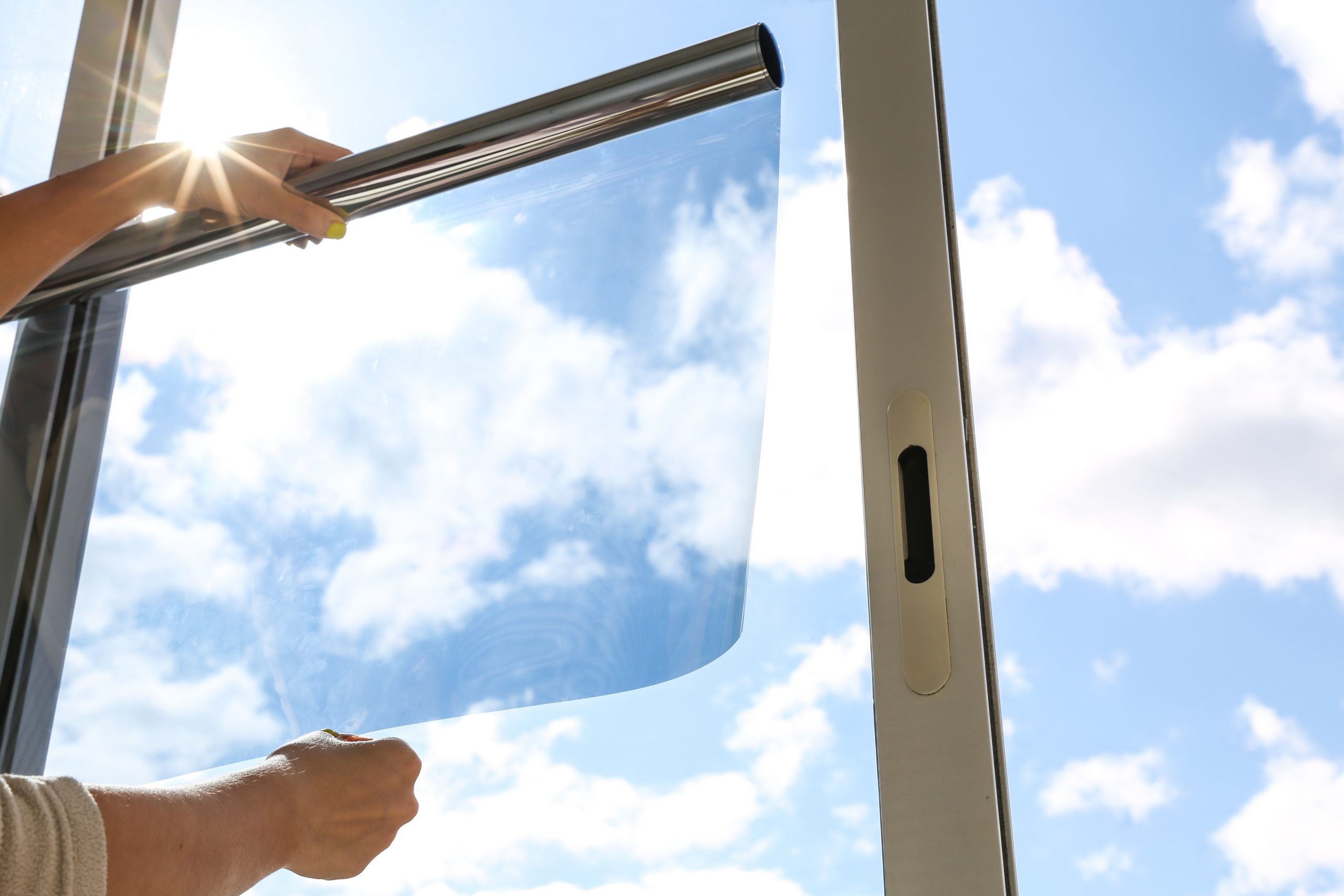
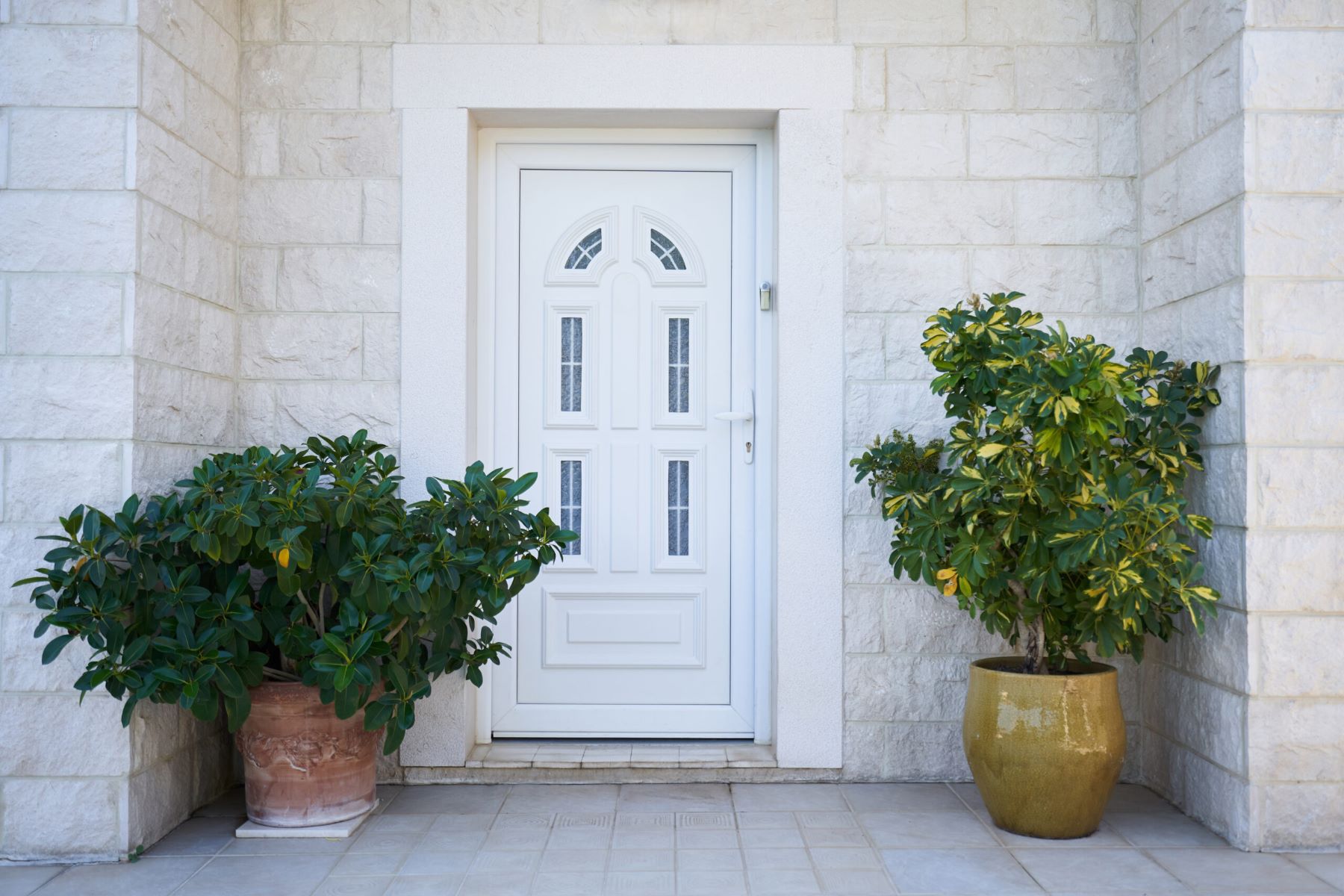
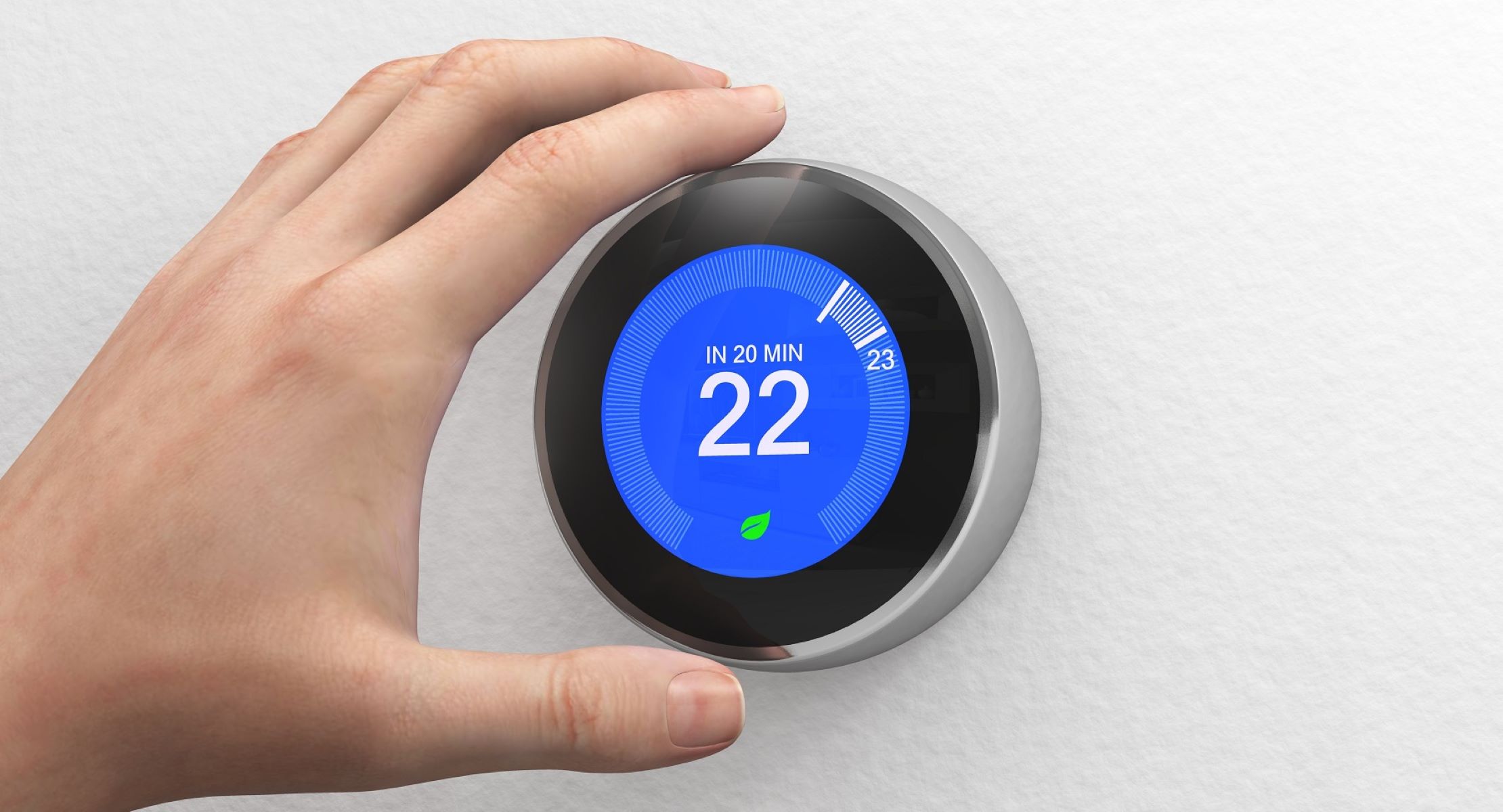
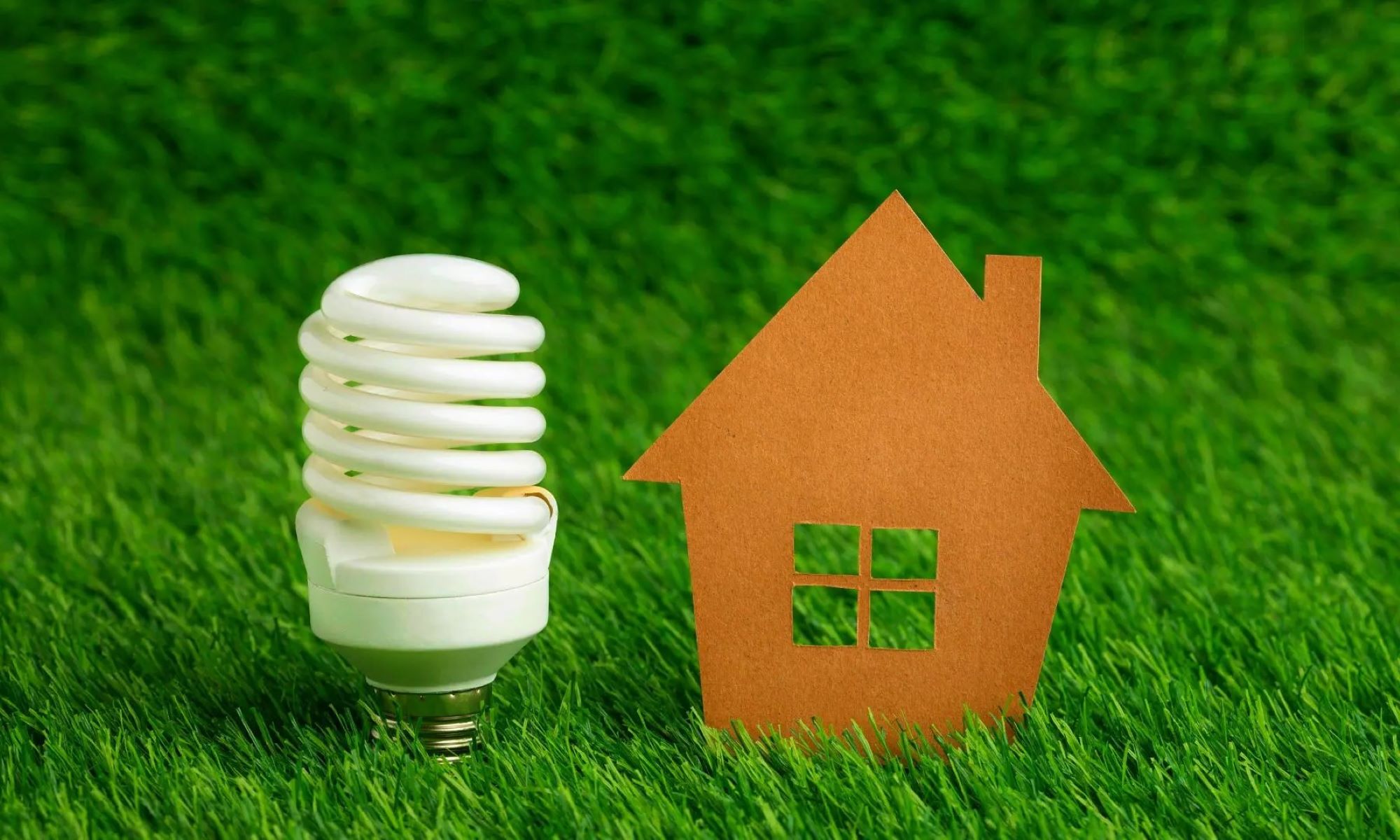

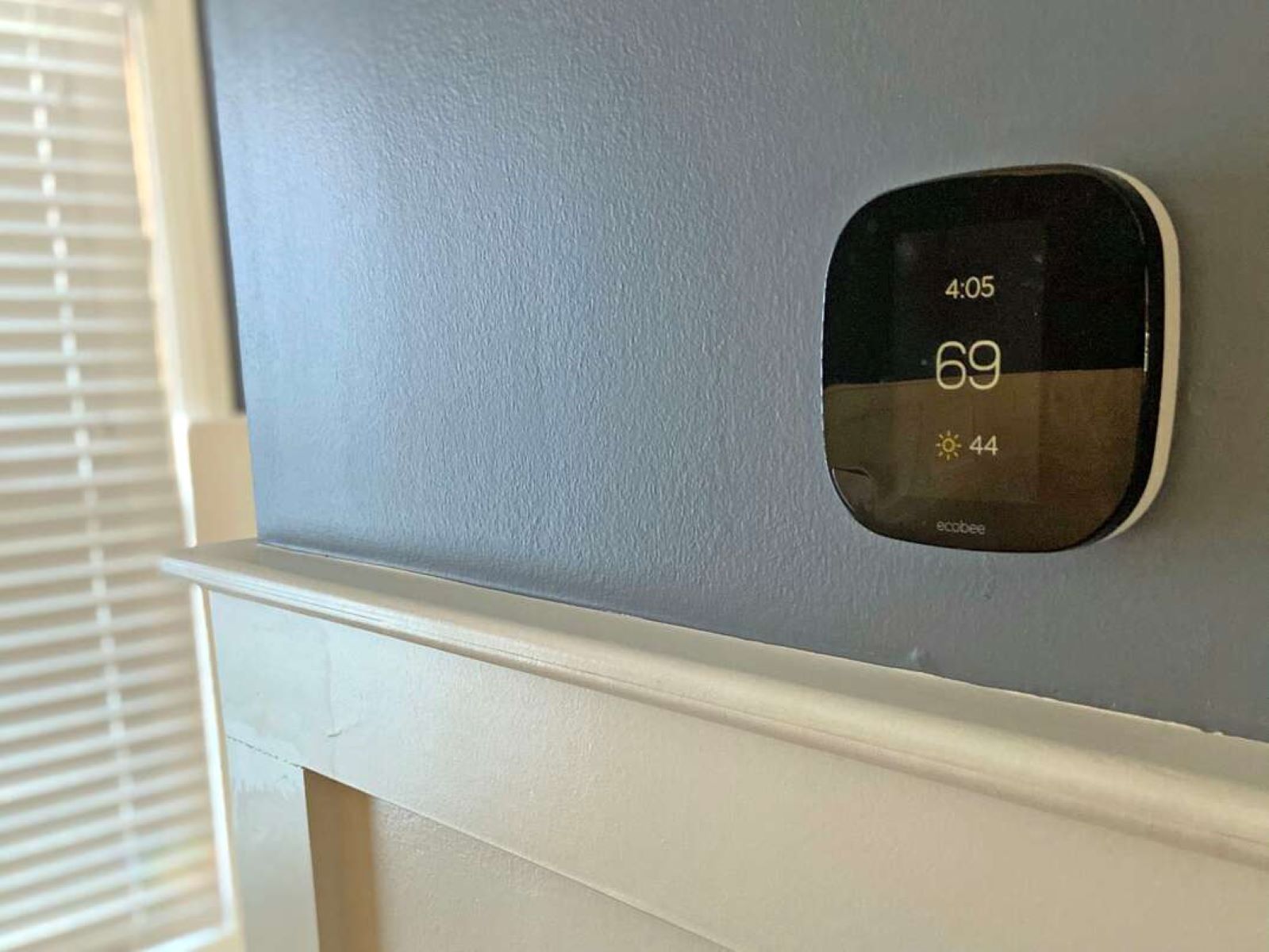
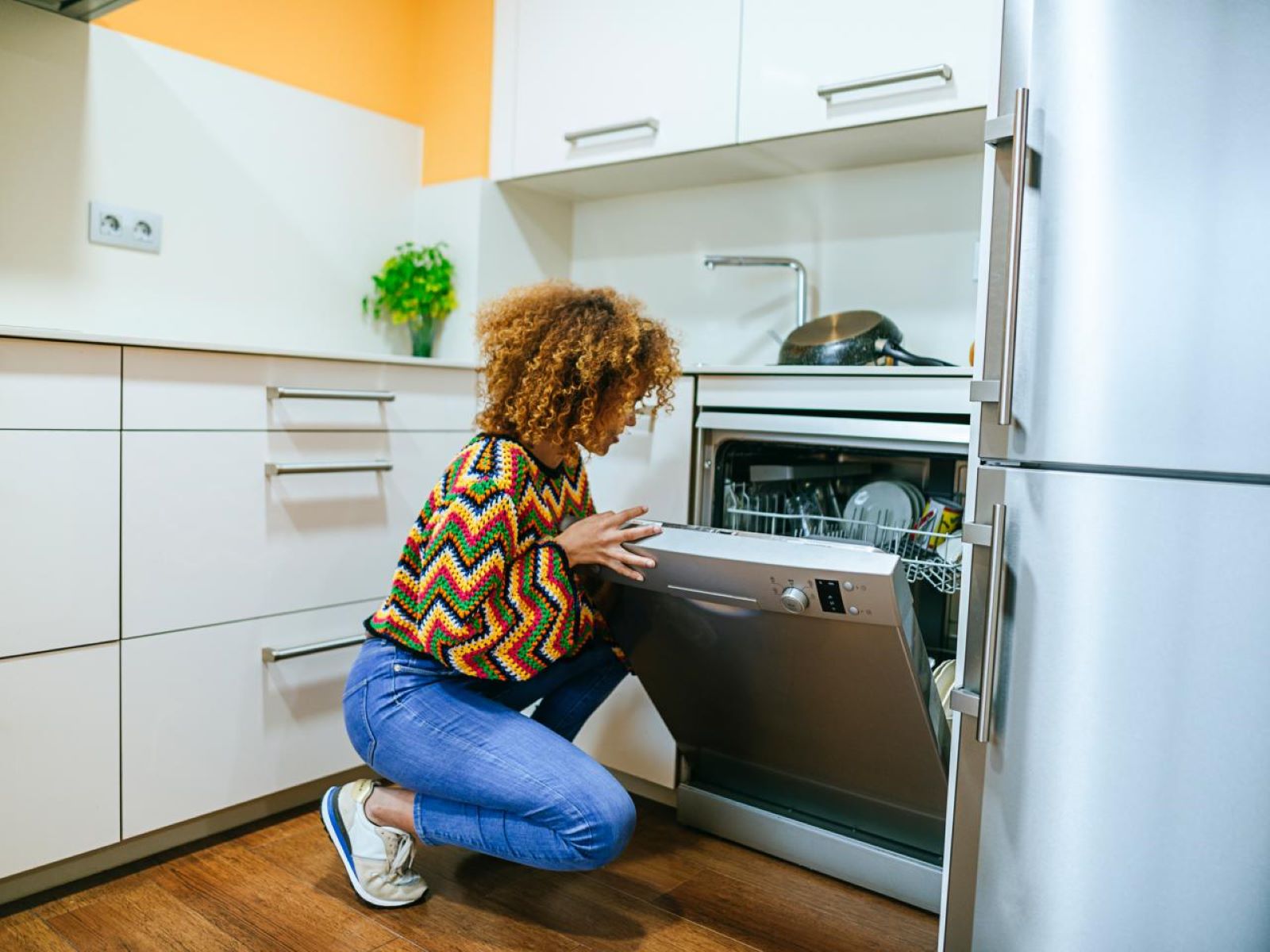
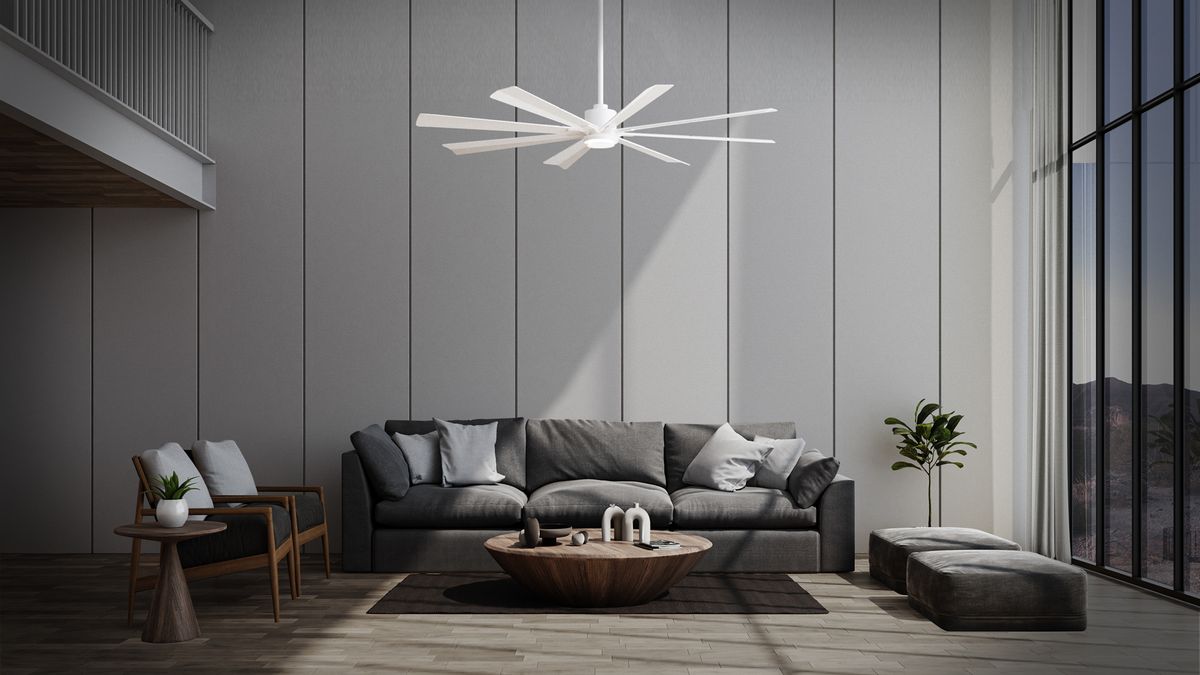
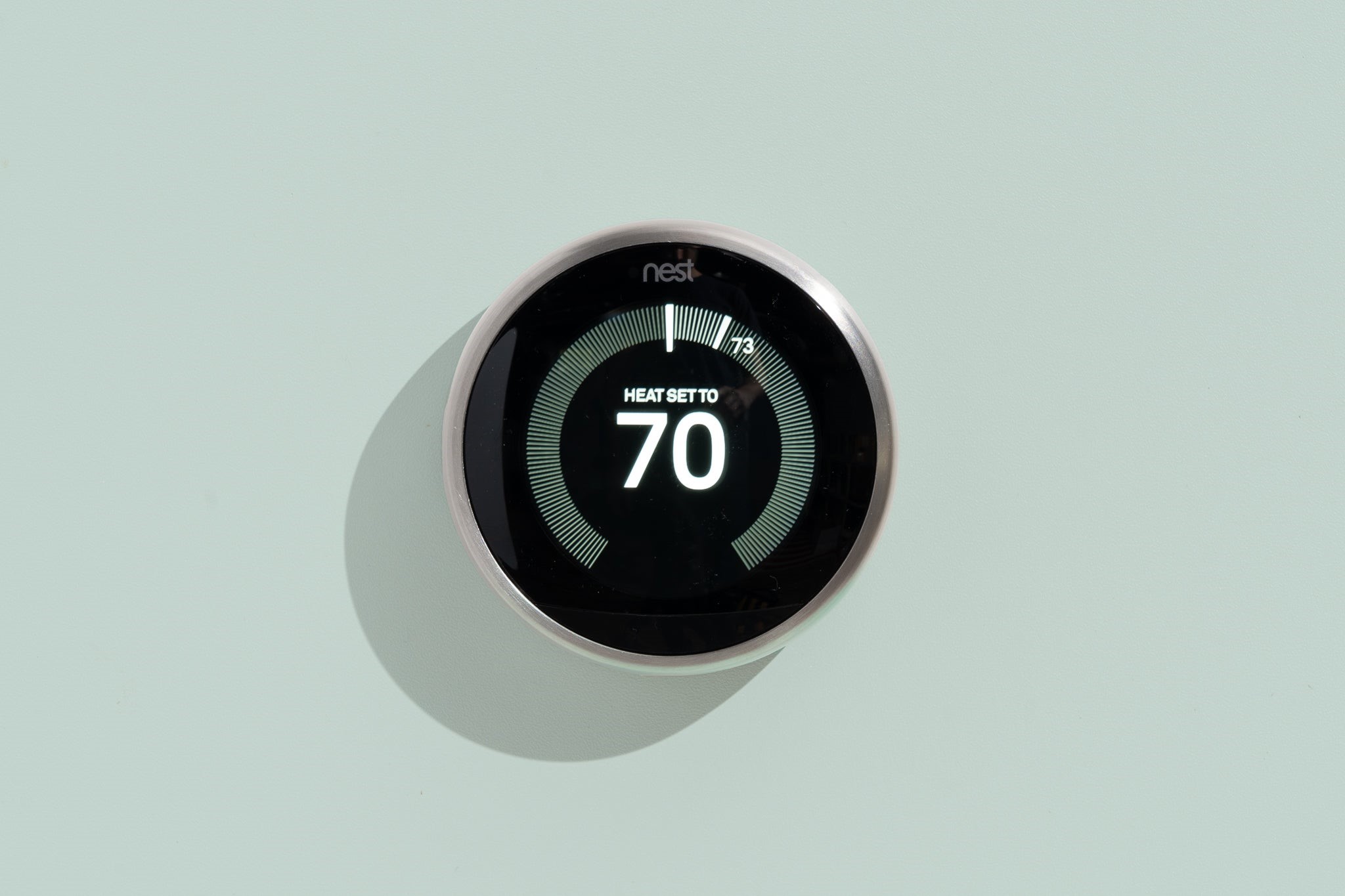

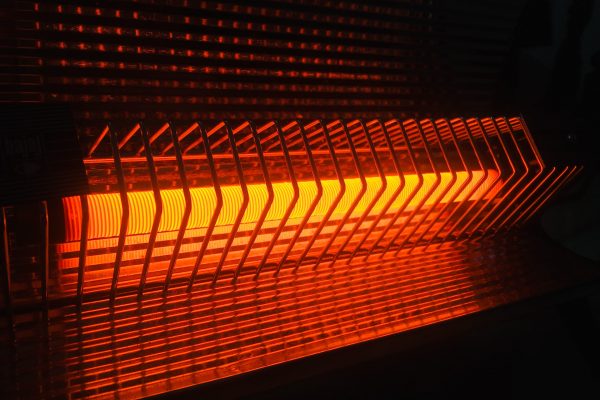
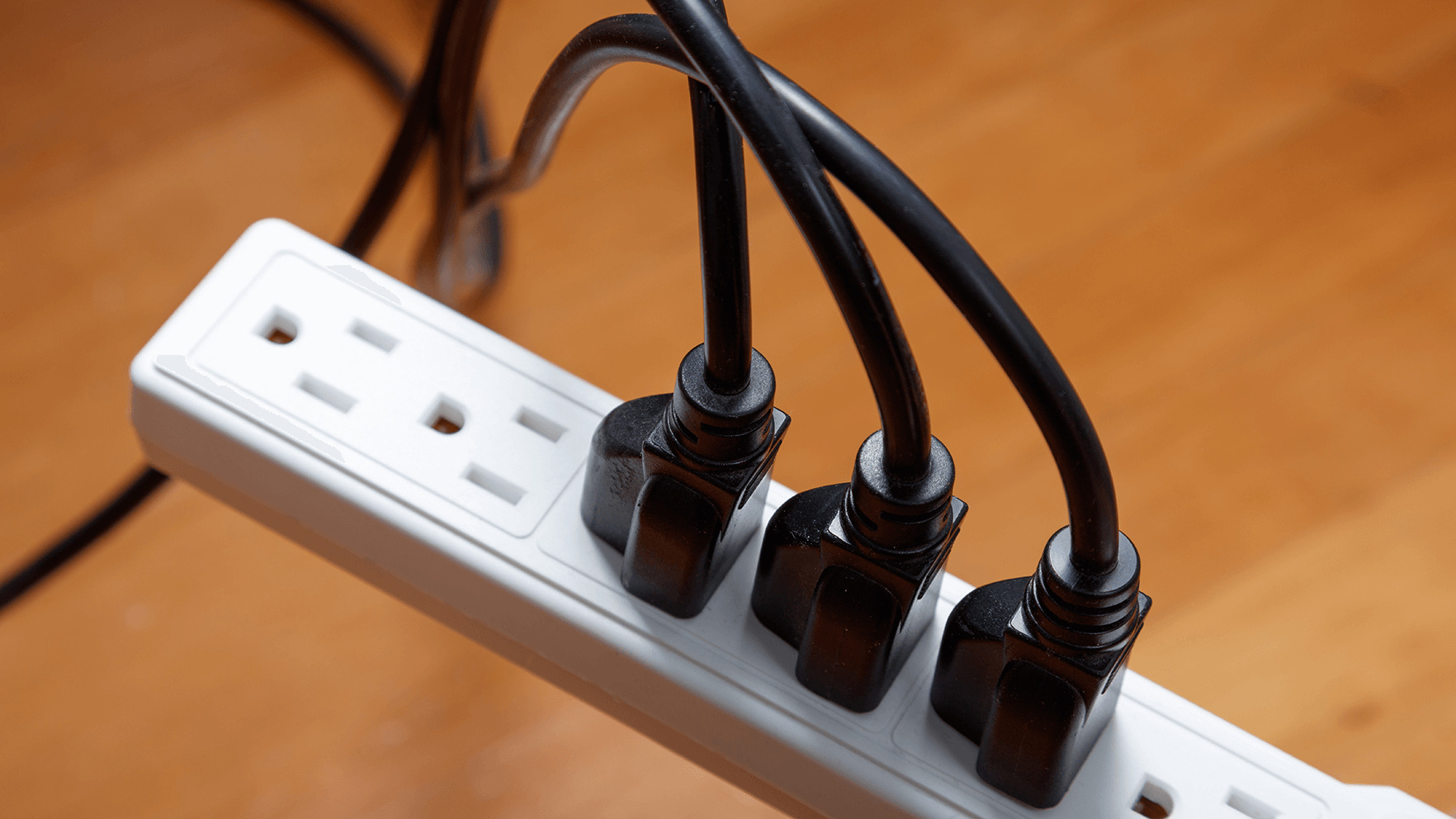
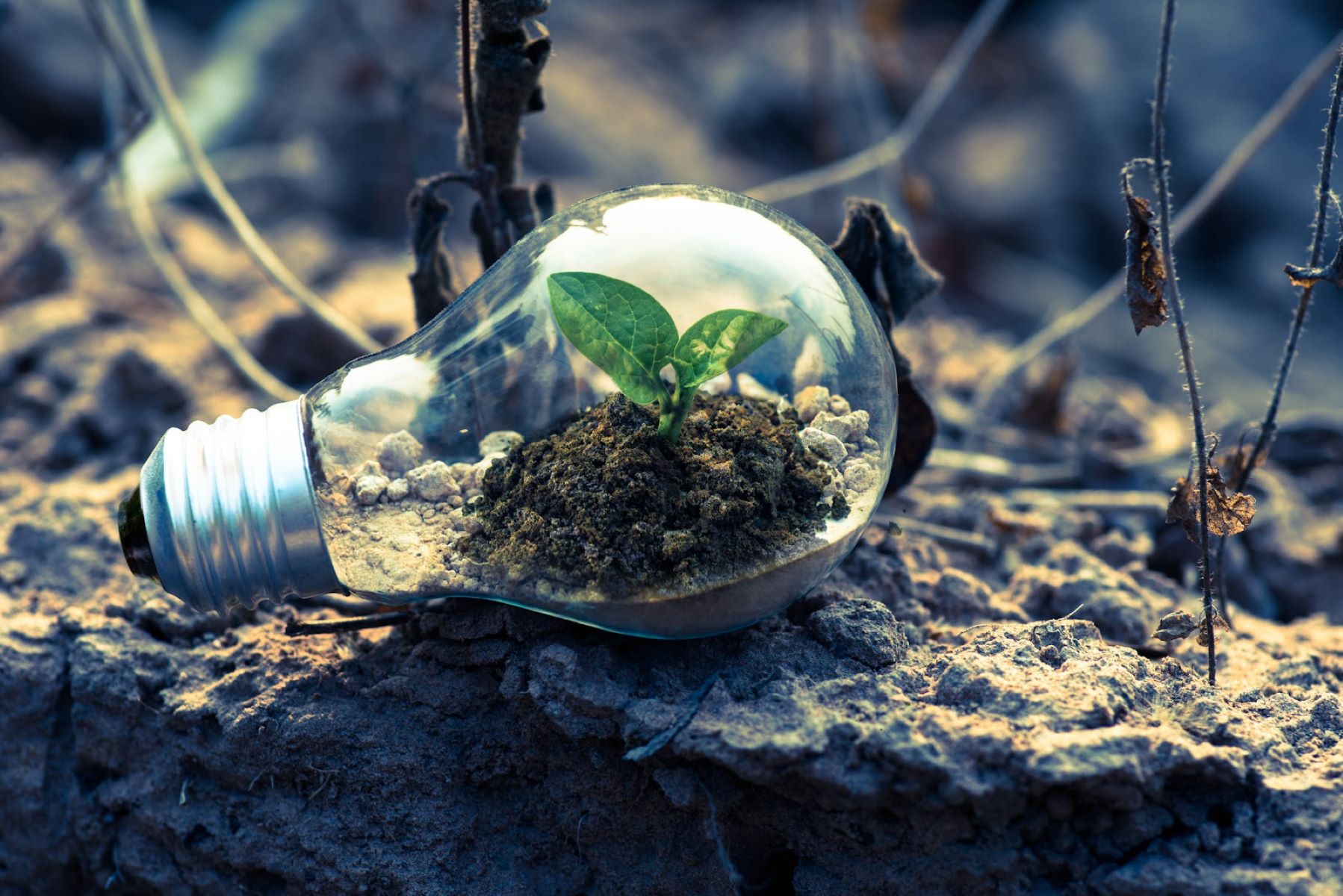
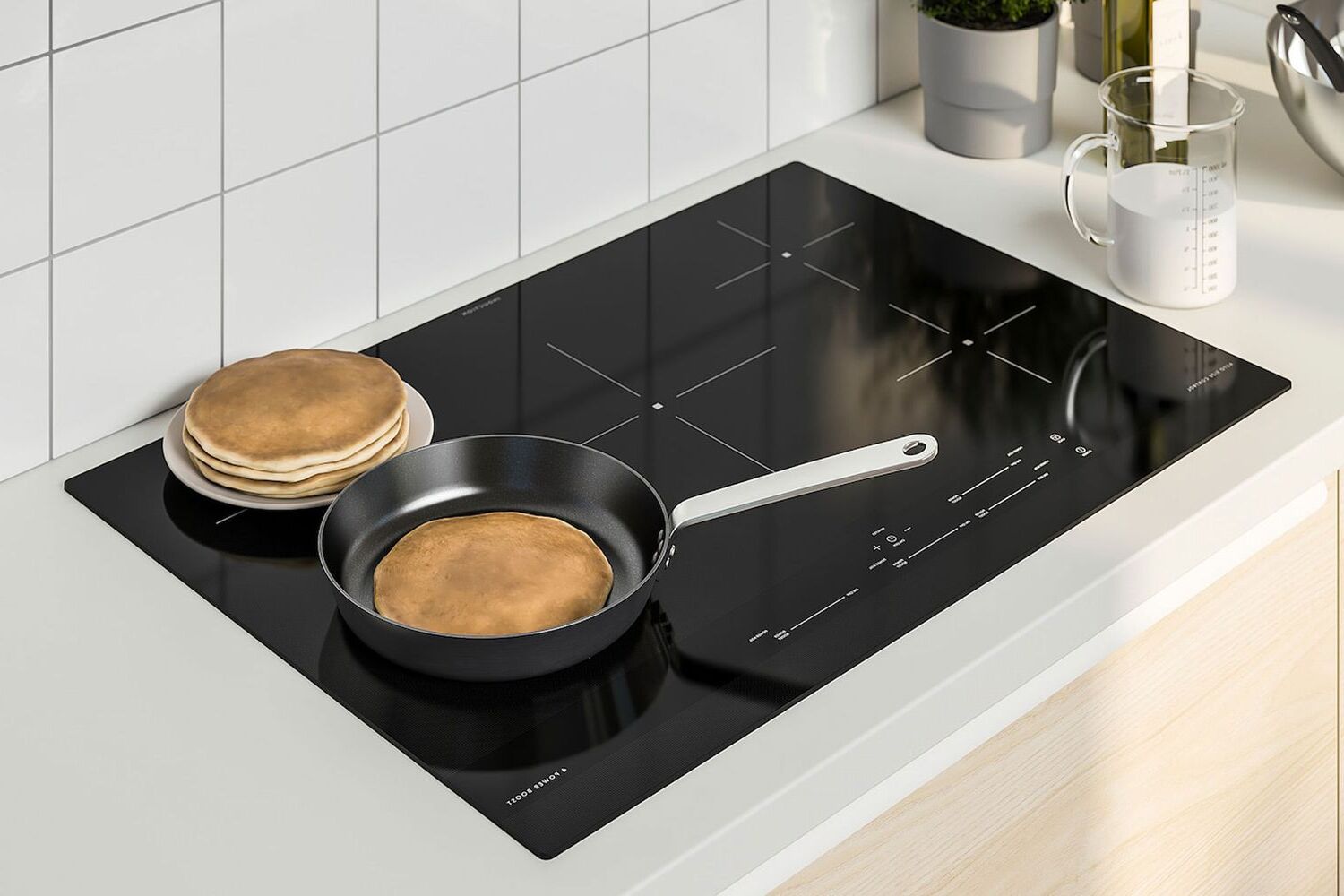

0 thoughts on “Invisible Improvements Energy Efficiency Secrets”